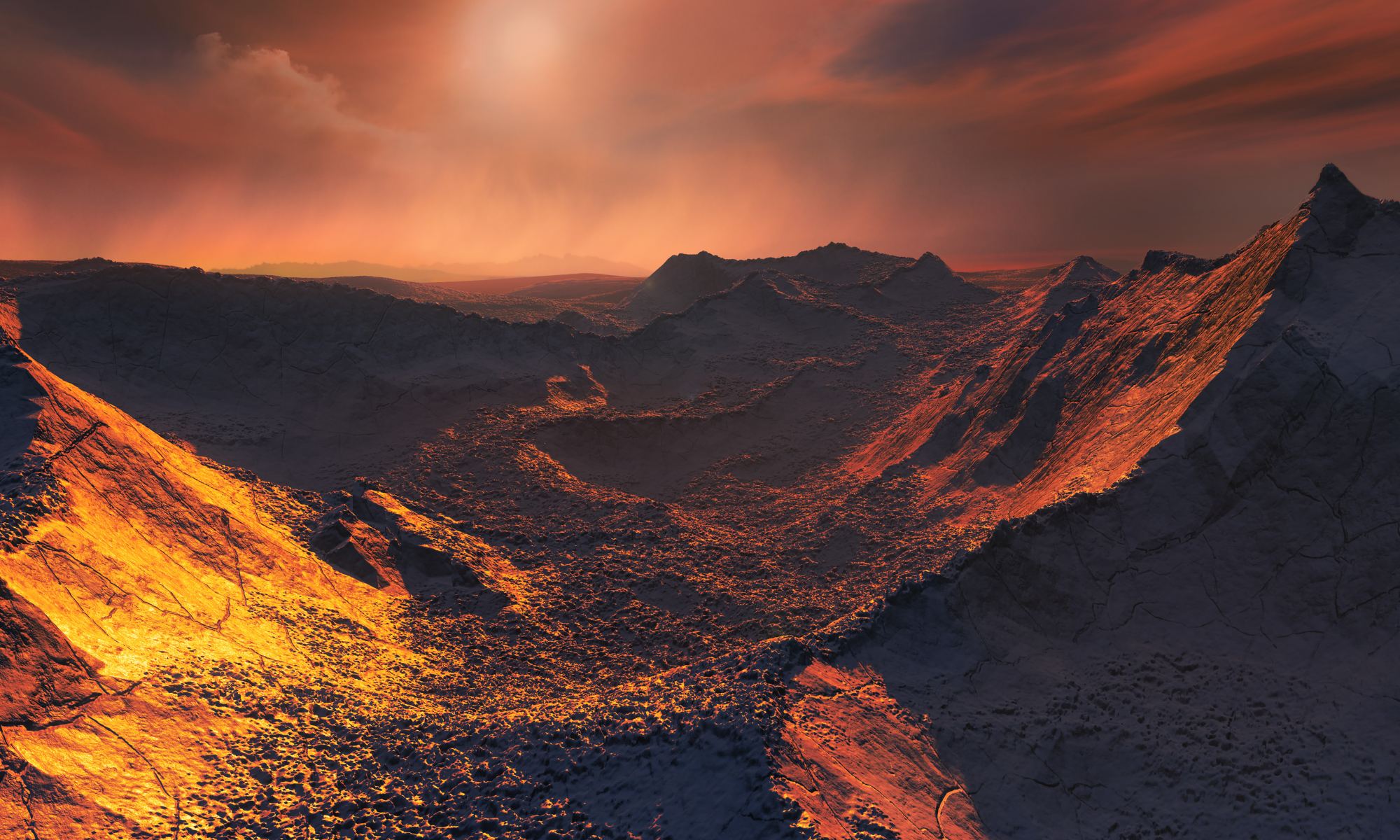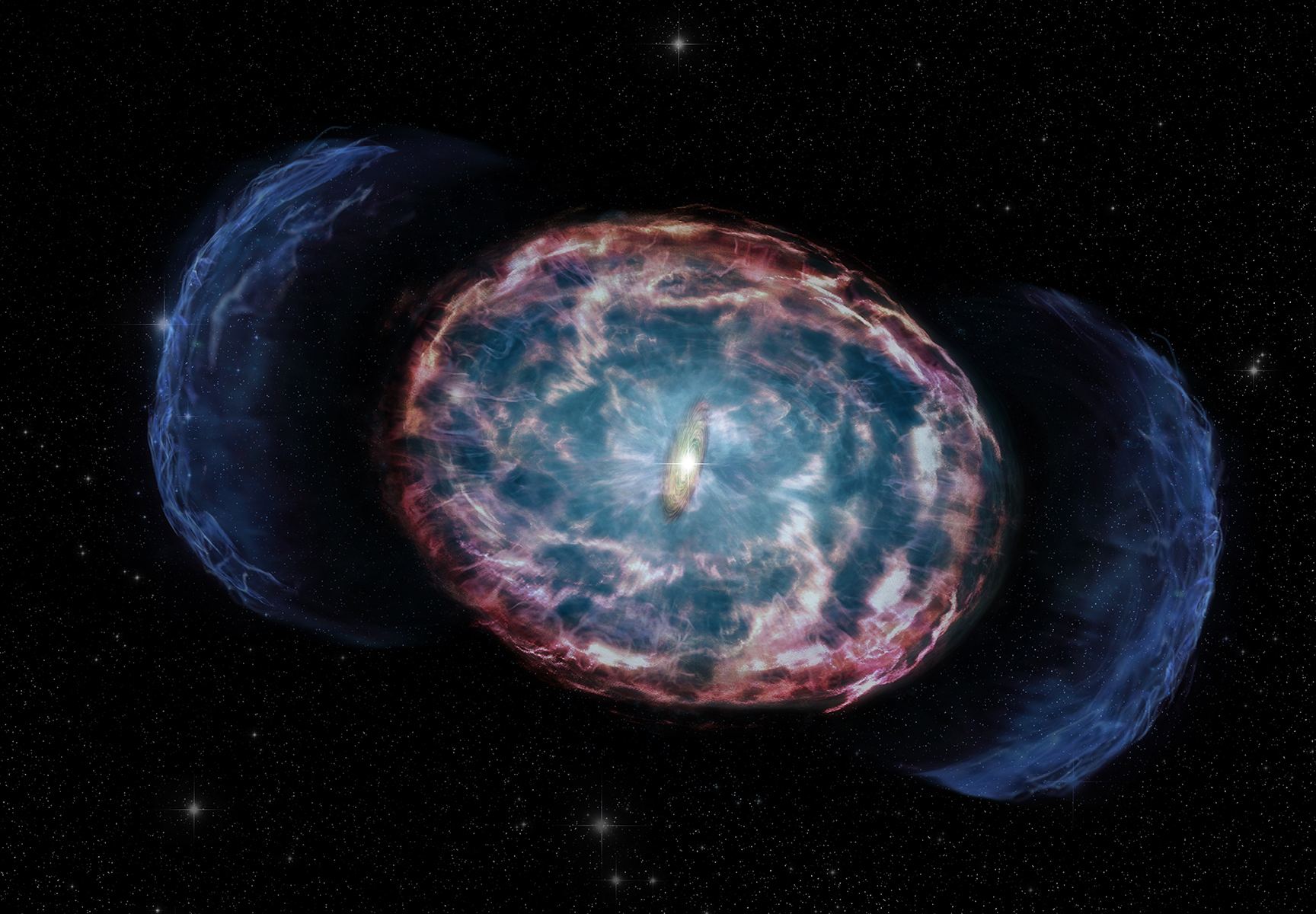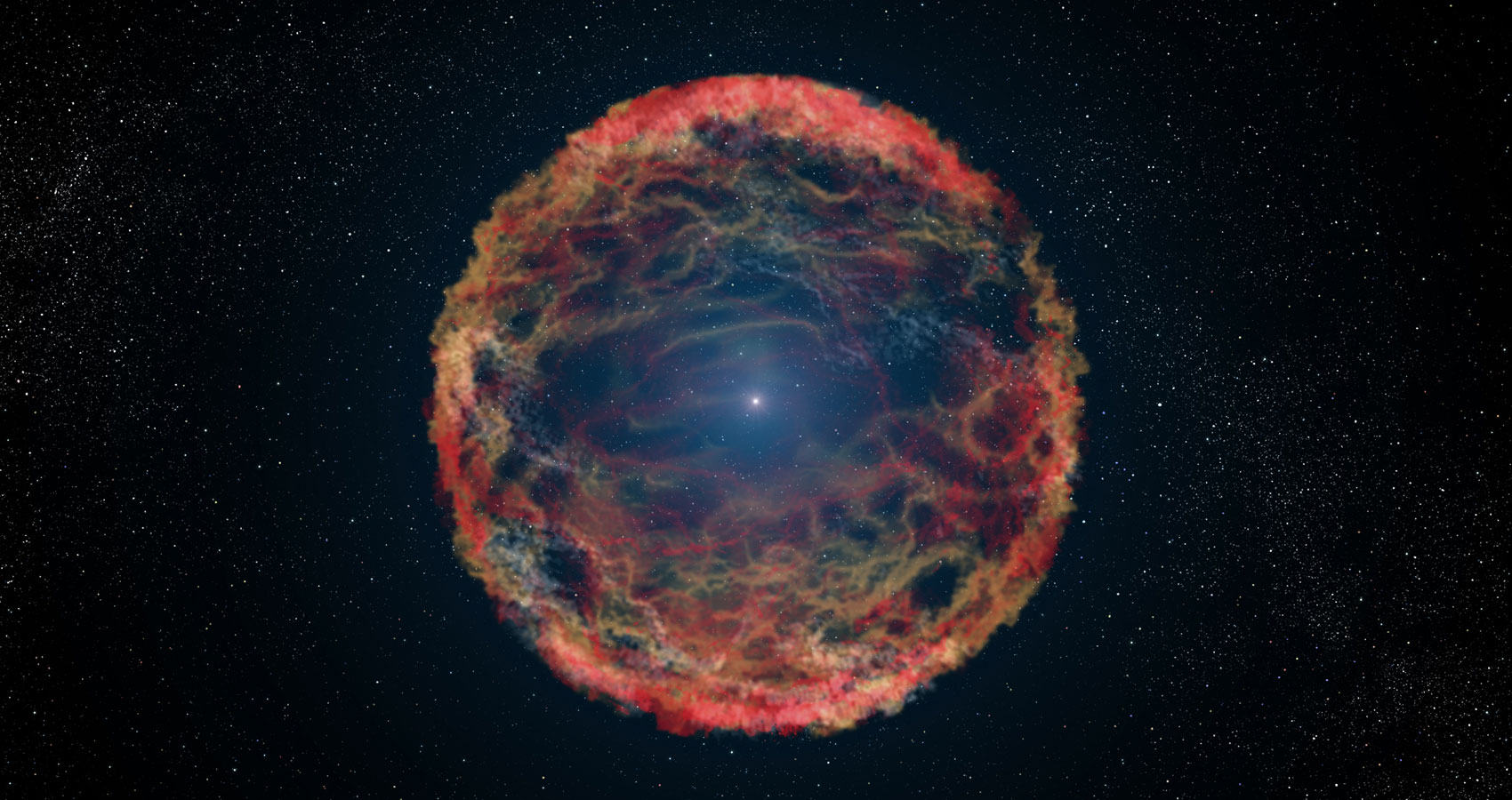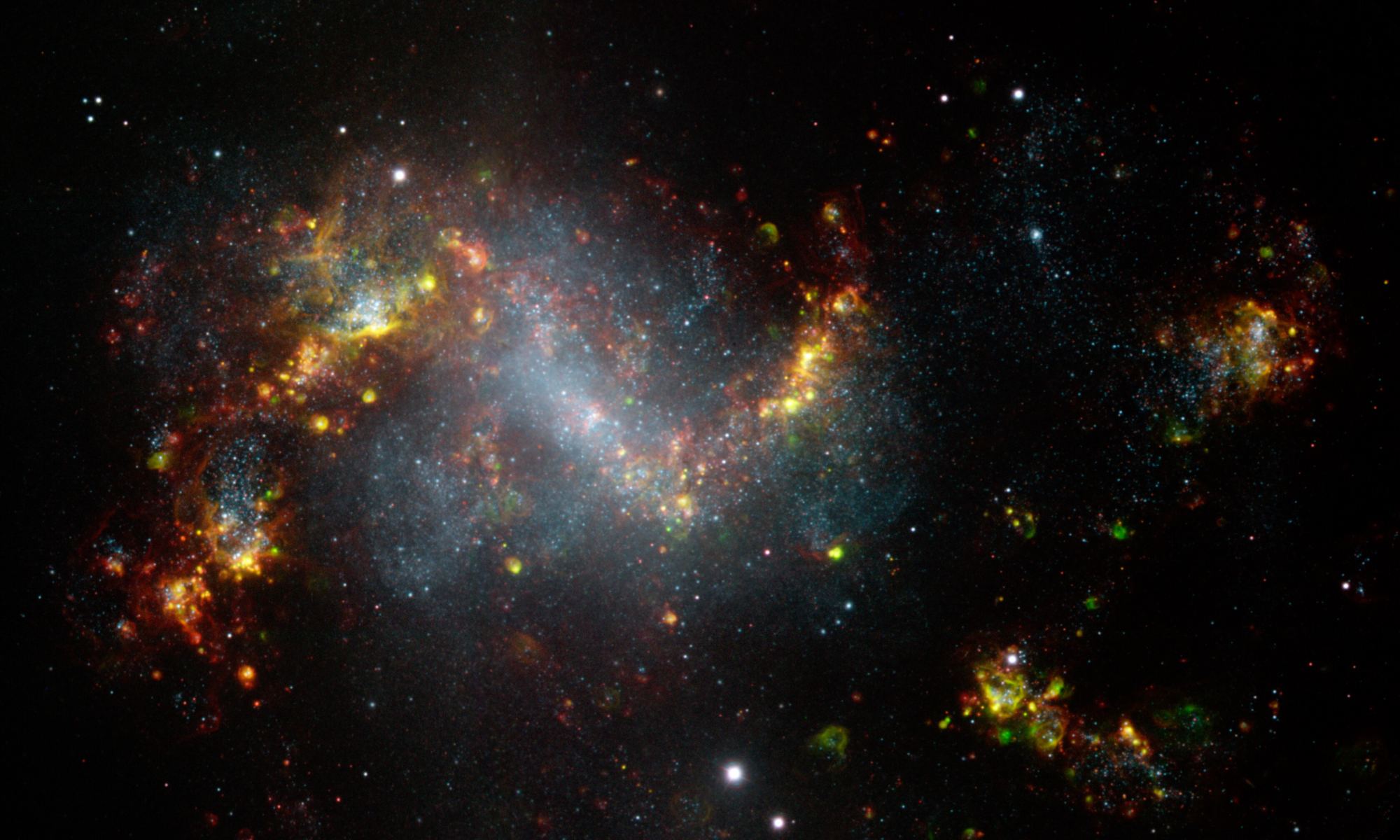Astronomers have found a new Super-Earth orbiting an M-dwarf (red dwarf) star about 137 light-years away. The planet is named TOI-715b, and it’s about 1.55 Earth’s radius and is inside the star’s habitable zone. There’s also another planetary candidate in the system. It’s Earth-sized, and if it’s confirmed, it will be the smallest habitable zone planet TESS has discovered so far.
Continue reading “A Super-Earth (and Possible Earth-Sized) Exoplanet Found in the Habitable Zone”How Dangerous are Kilonovae?
When we look up at the sky on a particularly dark night, there is a sense of timelessness. We might see the flash of a meteor, and occasionally a comet is visible to the naked eye, but the cold and distant stars are unchanging. Or so it seems. There can also be a sense of calm, that despite all the uncertainty of the world, the stars will always watch over us. So it’s hard to imagine that light years away there could be a lurking event that poses an existential threat to humanity. That threat is extremely tiny, but not zero, and it is the focus of a recent paper published in The Astrophysical Journal.
Continue reading “How Dangerous are Kilonovae?”An Astronaut Controls a Robotic Dog From Orbit
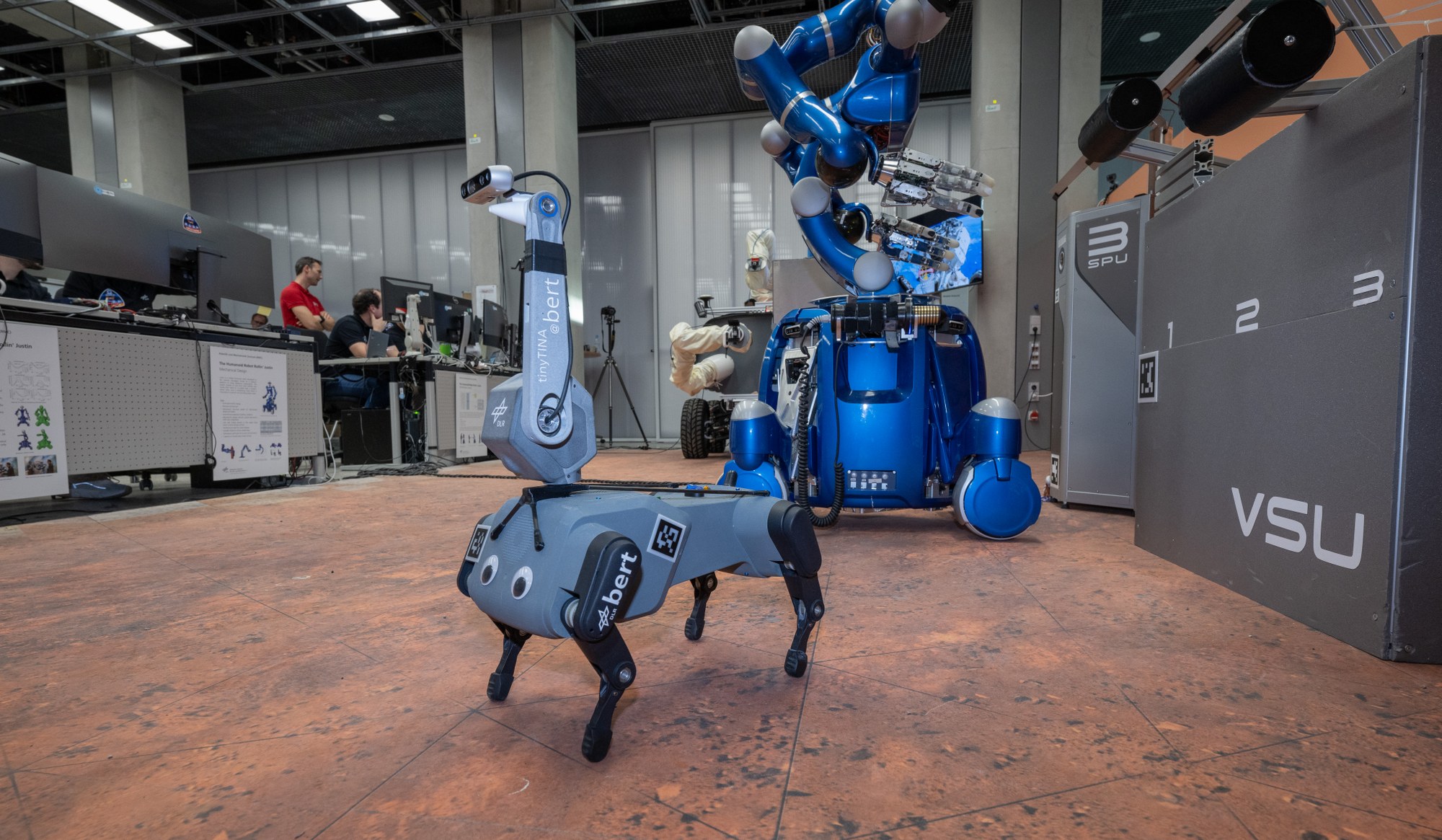
Swedish astronaut Marcus Wandt took control of a series of robots in Germany while on board the International Space Station, zipping around the Earth at 28,000 kilometers per hour (17,500 mph.) Researchers want to understand how time delays can affect the remote control of robots from an orbiting platform. Future astronauts could control rovers on the Moon’s or Mars’s surface from a spacecraft in orbit. Until now, only wheeled rovers have been part of the tests, but now they have added a dog-like robot called Bert.
Continue reading “An Astronaut Controls a Robotic Dog From Orbit”Japan Moon Lander Sleeps After Sending Science — Will It Wake Up Again?
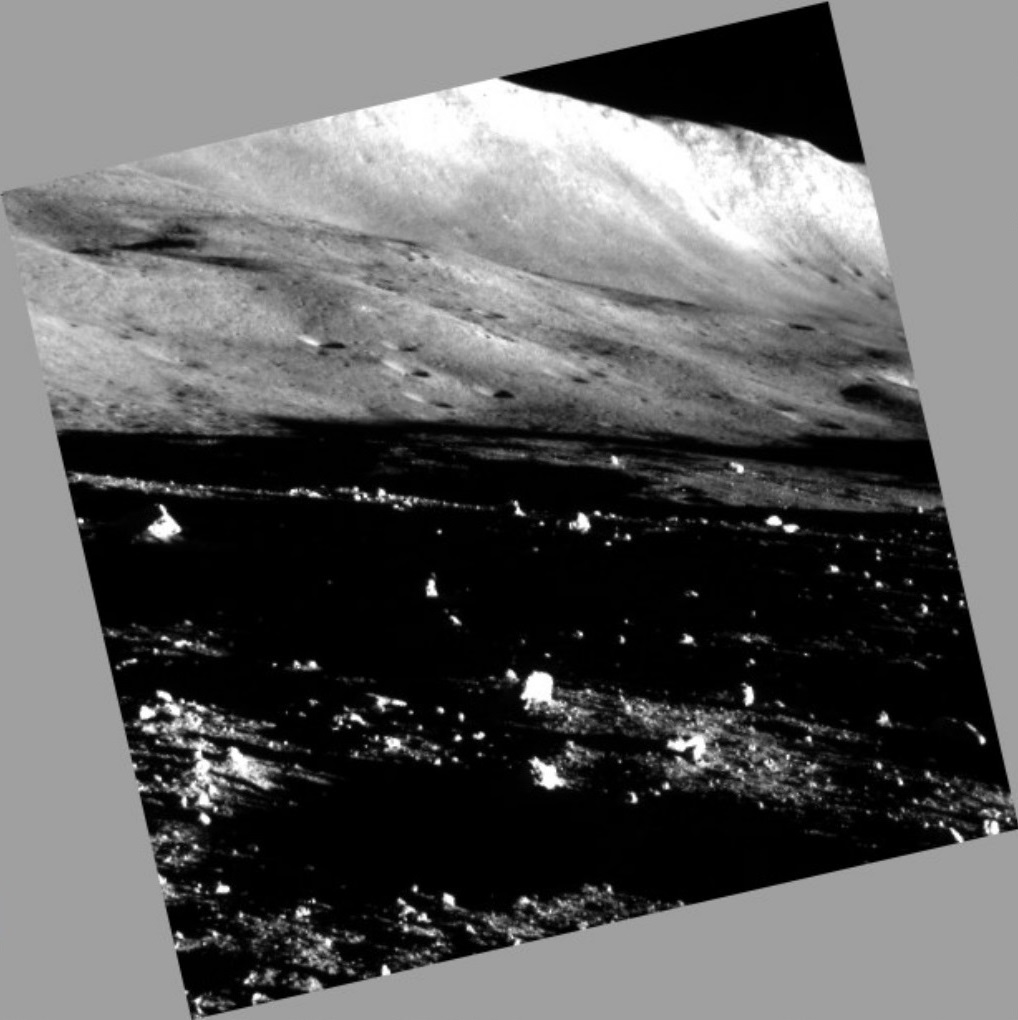
After a few days of wakefulness, Japan’s SLIM moon lander has gone dormant once more at the start of a 14-day-long lunar night. The upended robot sent back a stream of data and imagery while its solar cells were in position to soak up sunlight, and its handlers hope they can get SLIM to wake up again and resume its work after lunar sunrise in mid-February.
Continue reading “Japan Moon Lander Sleeps After Sending Science — Will It Wake Up Again?”Space Junk is Going to be a Problem for Vera Rubin
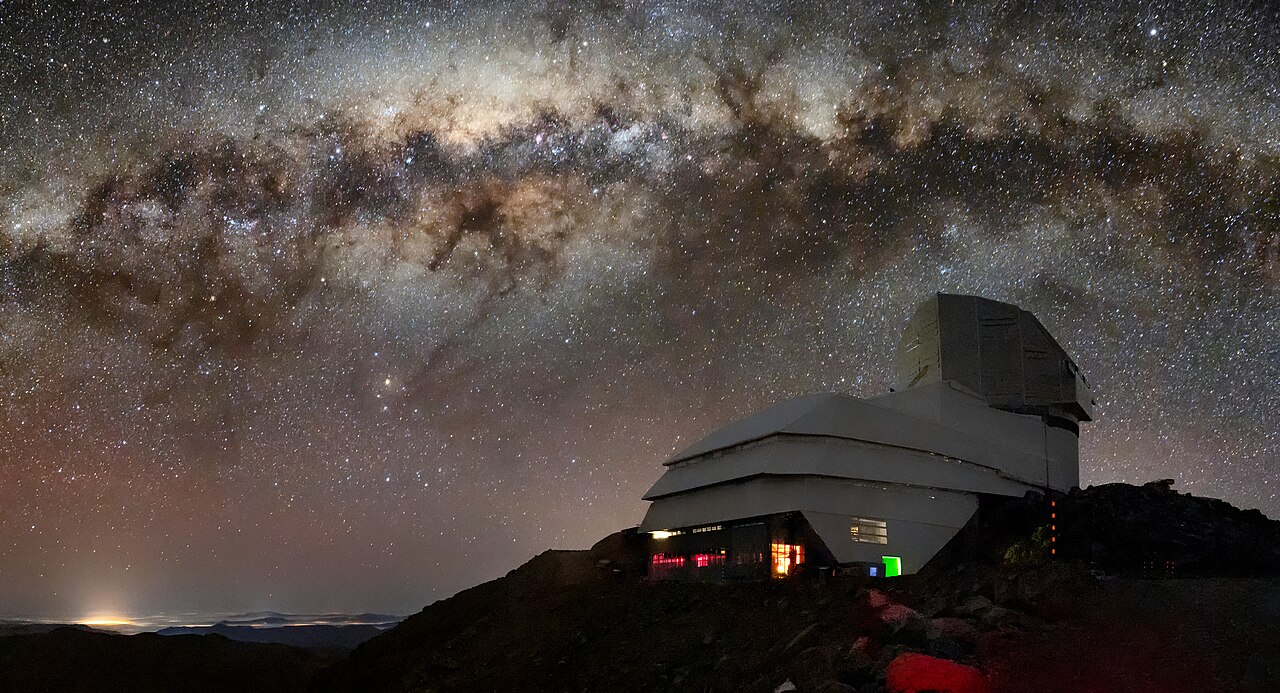
The Vera Rubin Observatory (VRO) is different than other large telescopes, and that difference makes it more vulnerable to space junk. Other telescopes, like the Giant Magellan Telescope and the European Extremely Large Telescope, focus on distant objects. But the VRO’s job is to repeatedly image the entire available night sky for ten years, spotting transients and variable objects.
All that space junk can look like transient events, impairing the VRO’s vision and polluting its results.
Continue reading “Space Junk is Going to be a Problem for Vera Rubin”Asteroid Ryugu Contained Bonus Comet Particles

On December 5th, 2020, Japan’s Hayabusa2 mission successfully returned samples it had collected from the Near-Earth Asteroid (NEA) 162173 Ryugu home. Since asteroids are basically leftover material from the formation of the Solar System, analysis of these samples will provide insight into what conditions were like back then. In particular, scientists are interested in determining how organic molecules were delivered throughout the Solar System shortly after its formation (ca. 4.6 billion years ago), possibly offering clues as to how (and where) life emerged.
The samples have already provided a wealth of information, including more than 20 amino acids, vitamin B3 (niacine), and interstellar dust. According to a recent study by a team of Earth scientists from Tohoku University, the Ryugu samples also showed evidence of micrometeoroid impacts that left patches of melted glass and minerals. According to their findings, these micrometeoroids likely came from other comets and contained carbonaceous materials similar to primitive organic matter typically found in ancient cometary dust.
Continue reading “Asteroid Ryugu Contained Bonus Comet Particles”Giant Star Seen 150 Days Before it Exploded as a Supernova
Supernovae are relatively rare. It might not seem like it, but that’s because they’re so bright we can see them in other galaxies a great distance away. In fact, in 2022, astronomers spotted a supernova over 10 billion light-years away.
Any time astronomers spot a supernova, it’s an opportunity to learn more about these rare, cataclysmic explosions. It’s especially valuable if astronomers can get a good look at the progenitor star before it explodes.
Continue reading “Giant Star Seen 150 Days Before it Exploded as a Supernova”Dark Matter Might Help Explain How Supermassive Black Holes Can Merge
Although the exact nature of dark matter continues to elude astronomers, we have gained some understanding of its general physical properties. We know how it clusters around galaxies, how it makes up much of the matter in the Universe, and even how it can interact with itself. Now a new study looks at just how fast dark matter can move.
Continue reading “Dark Matter Might Help Explain How Supermassive Black Holes Can Merge”The Extremely Large Telescope’s Dome is on the Move
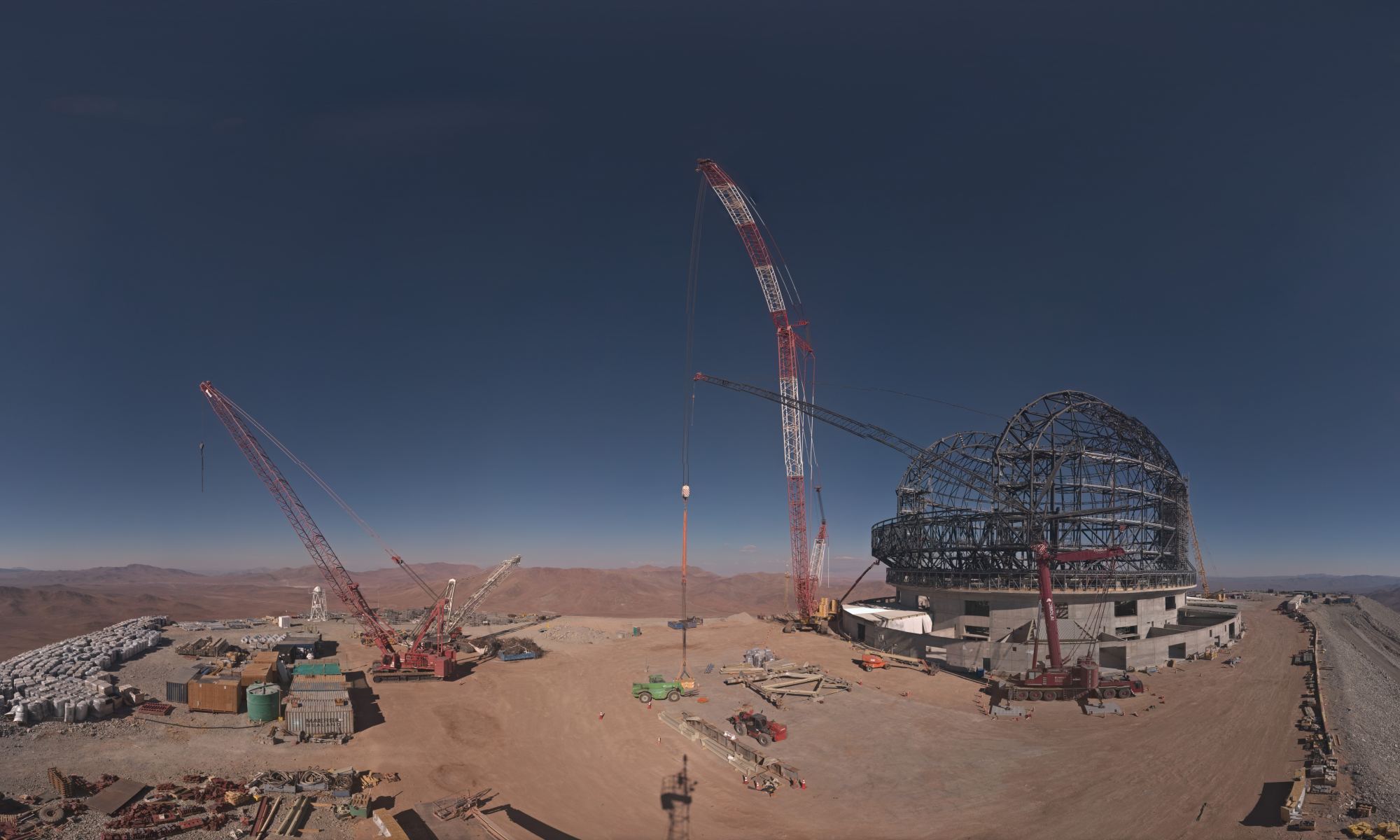
Construction of the Extremely Large Telescope (ELT) reached a milestone, with the structure of the dome completed just enough where engineers were able to rotate the dome’s skeleton for the first time.
ESO released a timelapse video this week of the dome’s movement, sped up from the actual snail’s pace of 1 centimeter per second. When the telescope is completed – currently set for sometime in 2028 — the rotation of the dome will allow the telescope to track objects in the night sky over the Chilean Atacama desert. The final operating speed will be at pace of 5 kilometers per hour.
Take note of the size of the humans moving about on the video. They appear like tiny ants compared to the immense size of the aptly named ELT.
Continue reading “The Extremely Large Telescope’s Dome is on the Move”Should We Send Humans to Mars?

Universe Today has explored the potential for sending humans to Europa, Venus, Titan, and Pluto, all of which possess environmental conditions that are far too harsh for humans to survive. The insight gained from planetary scientists resulted in some informative discussions, and traveling to some of these far-off worlds might be possible, someday. In the final installment of this series, we will explore the potential for sending humans to a destination that has been the focus of scientific exploration and science folklore for more than 100 years: Mars aka the Red Planet.
Continue reading “Should We Send Humans to Mars?”
